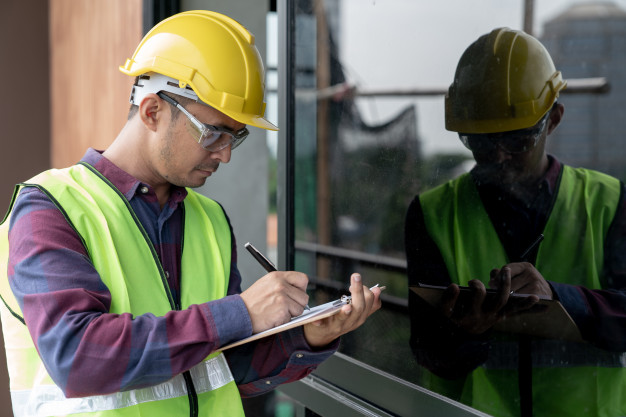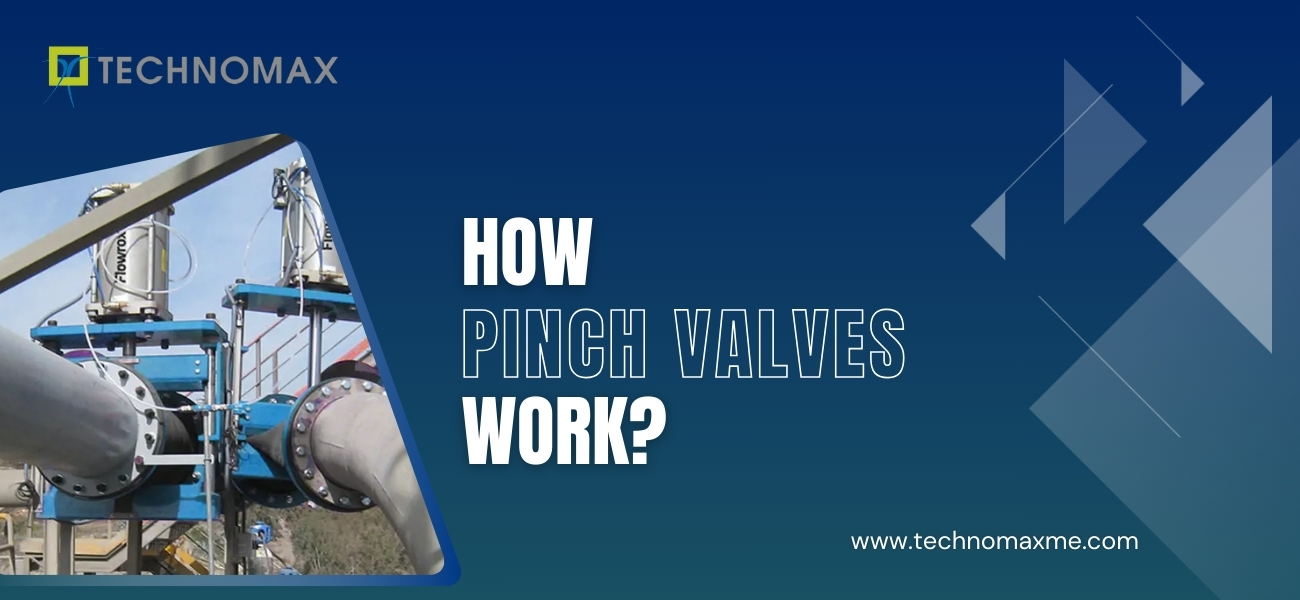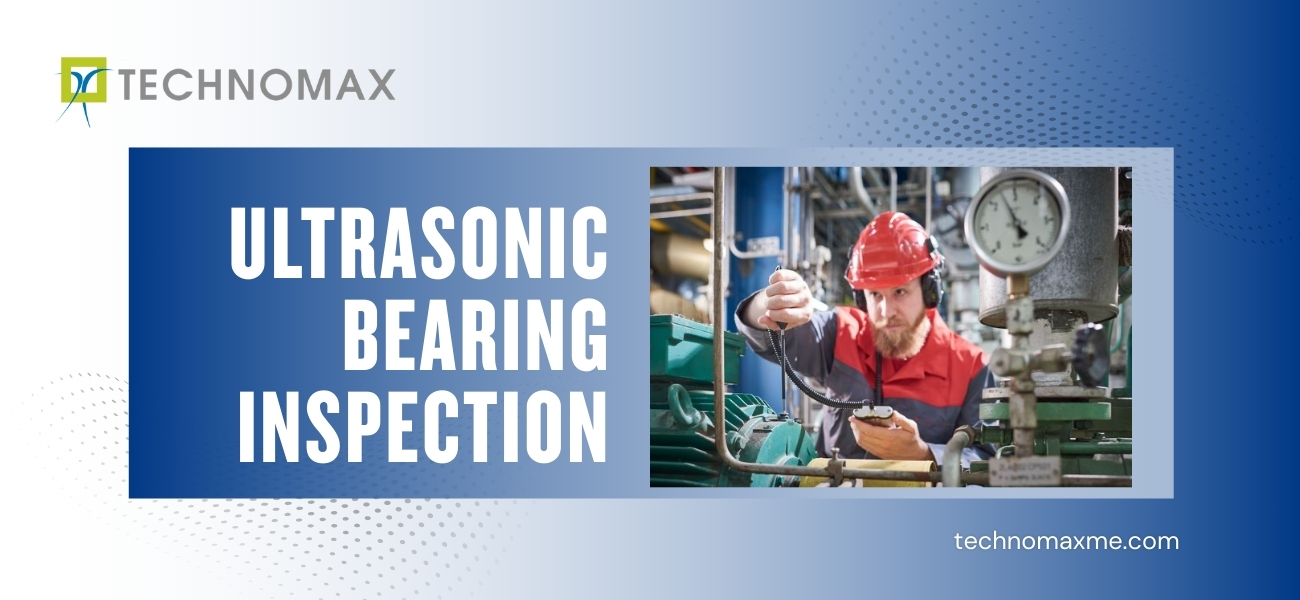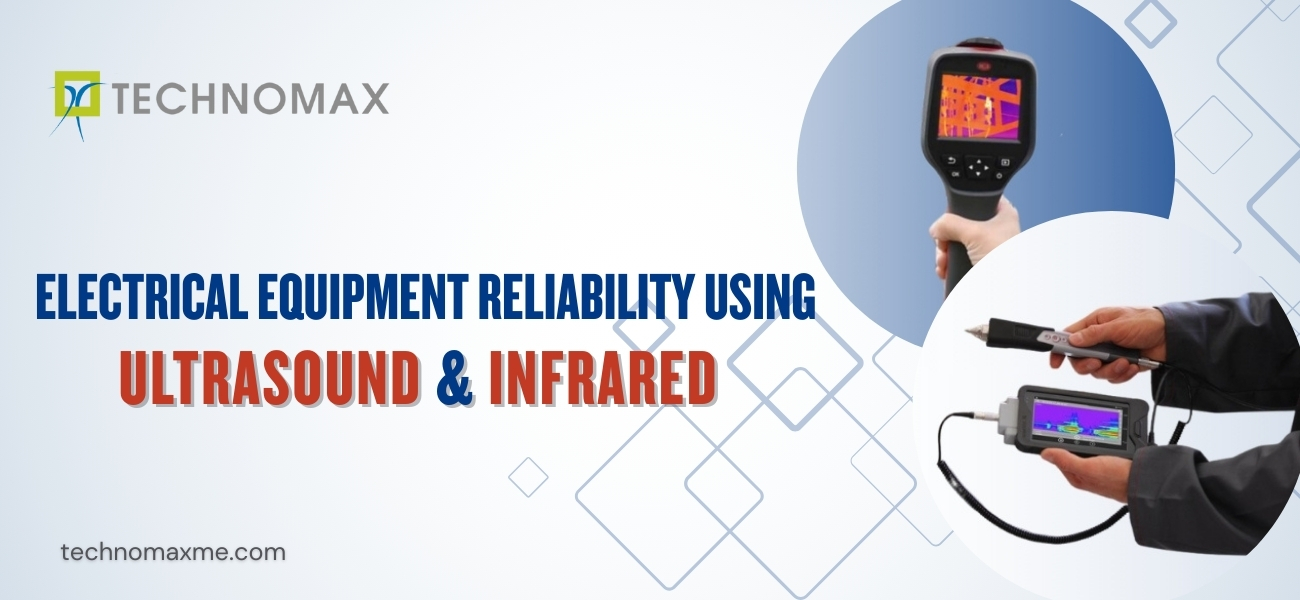
Crane inspections enable the detection of potential dangers, allowing for the proactive implementation of preventive maintenance measures. Not only cranes are of multiple types, but each of the types (be it an EOT crane, single girder crane, semi-goliath crane, etc) comes with their set of inspection guidelines too. The answer to why crane inspection is required is very obvious but still, just to set the context, let us have a look at it in the section below:
OSHA Crane Inspection Requirements
There are some of the basic requirements of OSHA 1910.179 crane inspection standards and compliance requirements. These are required for the prevention of workplace injuries and losses that may be caused due to cranes. OSHA requires that all active cranes be annually inspected and that all organizations follow proper crane operation safety measures and tips.
And in all honesty, it is not any regulation that is being forced upon you. Daily or weekly usage wears important crane components significantly. This wear can lead to the breakdown of the crane (sometimes even mid-operation too leading to dastardly consequences) and ultimately hinders the process. Routine inspection can help identify potential problems and address them before a costly or irreversible incident happens.
Also Read:
- Top 5 Crane Operation Safety Tips
- Crane Repair Services In UAE | Middle East
- Crane Terminology- 10 Industrial Crane Terms That You Should Know
Who Will Inspect the Crane?
As an employer, OSHA regulation 1926.550 mandates that you appoint a competent individual to inspect the crane. This person must be knowledgeable about crane components and proficient in identifying potential hazards. Additionally, they must have the authority to implement measures to address any identified hazards.
How often should one get the crane inspected?
Inspection must be done by a qualified and trained inspector as per the Crane Manufacturers Association of America (CMAA), who has at least 2000 field hours of experience directly related to maintenance, repairing, modifying, and functional testing of cranes and the hoisting equipment. A qualified person, as per OSHA (1926.550) regulations, must conduct inspections on the crane. The designated person should possess knowledge of crane components and be adept at recognising potential risks. Moreover, they must have the authority to take corrective actions to eliminate any identified hazards.
Crane Inspection Categories
OSHA categorizes crane inspections into two types: frequent and periodic. Frequent inspections, conducted on a daily, weekly, or monthly basis, assess the crane's functionality and ensure proper operation. Periodic inspections, scheduled bimonthly, quarterly, or annually, provide a more comprehensive evaluation to identify and address potential issues. According to the American National Standards Institute (ANSI), there are four categories for overhead crane inspections: Initial, Function, Frequent, and Periodic. Let us discuss them in brief one by one:

Initial Inspection
As per OSHA 1910.179, all new and altered cranes shall be initially inspected to ensure compliance with the provisions of this section. The initial inspection is a documented visual inspection and is required after installing new cranes or hoists and equipment that has been reinstalled after alteration, modification, or repair.
Functional Test Inspection
Before every shift, the functionality of the cranes or hoists must be inspected or tested. According to OSHA (Occupational Health and Safety Administration), it is needed to visually test them daily. Like functional operating mechanisms, leakages in lines, tanks, valves, drains, testing of hoist chains including connections, hooks with deformation and cracks, rope reeving for non-compliance, and so on.
Frequent Inspection
Frequent Inspection includes all aspects of the Functional test Inspections, in addition to checking the operating mechanism. The frequency of inspections depends on the crane's usage. For example, a crane that operates under normal service should be inspected monthly, a crane under heavy service should be inspected weekly to monthly basis, and a crane in severe service must be inspected daily to weekly basis. Always remember to be updated in the documentation, as it also shows the proactiveness of your facility's safety, which can work in your favour.
Periodic Inspection
Like the frequent inspection, the frequency of the periodic inspection also depends on the usage of the cranes. For periodic inspection, cranes that are used for normal service and heavy service should be inspected yearly. Cranes in severe service are inspected every quarter.
OSHA Crane Inspection for Idle Cranes
When examining a crane that has been inactive for a period exceeding one month but less than six months, inspectors are to adhere to the frequent inspection protocol. For cranes left idle for six months or more, a comprehensive inspection is necessary. This involves conducting procedures for both frequent and periodic inspections.
Crane Inspection Checklist
A Crane Inspection Checklist is necessary to ensure the safety requirements of all the cranes. This will be beneficial for the technicians and experts to follow routine safety operations. Most of the companies follow the OSHA checklist for their crane operations. Here are the elements included in the crane safety checklist:
1. Lockout/Tagout Procedures
It is essential to verify the lockout status before any inspection. To prevent operation during the examination, the inspector must either tag or lock out and de-energize the crane. The inspector can proceed with the following steps only after completing the lockout or tagout processes.
Examine the vicinity around the crane for the following:
- Ensure that warning signs are not illuminated, and if they are, investigate the cause.
- Ensure that there are no individuals who could be harmed or objects susceptible to crane damage within the crane's lifting radius.
- Identify the location of the disconnect switch.
- Verify the presence of a nearby fire extinguisher.
3. General Equipment Inspection
Verify the crane's equipment is in optimal condition by examining the following:
- Confirm that the load falls within the crane's lifting capacity.
- Ensure the below-the-hook lifting device can effectively lift the load and is compatible with the crane.
- Ensure that the wires are not pulled out from the bushings and are correctly positioned in the drum grooves.
- Verify there is no twisted wire on the bottom block.
- Confirm all controls and parts are functioning correctly and are not loose, broken, or damaged.
4. Safety Equipment Assessment
Prioritise safety during overhead crane operations by assessing the following safety components:
- Ensure that all required safety equipment is positioned appropriately.
- Ensure that safety equipment is prepared for use and remains free from any damage or malfunctions.
5. Hoist Hook Inspection:
When examining hoist hooks, consider the potential for catastrophic damage in the event of breakage or malfunction. Include the following in your hoist hook inspection checklist:
- Check for cracks, twists, and other signs of wear on the hooks.
- Inspect the chains for any signs of damage.
- Ensure there is no grinding on the hook during rotation.
- Ensure that safety latches are in the correct position and functioning as expected.
6. Wire Rope and Load Chain Examination:
Incorporate a comprehensive inspection of the wire rope and load chain into your tower crane safety check. Perform the following actions as part of your inspection:
- Verify that the diameter of the wire has not decreased.
- Check for any corrosion, breaks, or visible damage to the wire.
- Inspect each chain link for corrosion, cracks, and other signs of damage.
- Look for indications of wear at the contact points.
- Make sure you do not pull any wires from strain reliefs.
- Confirm that the chain sprockets are functioning properly.
7. Other Inspection Items:
After completing the above checklists and ensuring the correct functioning of all crane components and systems, proceed to address the following additional items:
- Check for any diesel, oil, or gasoline leaks from any part of the crane.
- Verify that the brakes are working correctly.
- Visually inspect rollers, rivets, and pins.
- Confirm the satisfactory condition of bearings, rollers, gears, pins, and shafts.
- Ensure there are no loose items on or near the crane that could pose fall hazards.
Essential Crane Safety Tips
When using heavy-duty equipment like cranes, improper use can lead to serious accidents. Here are some essential crane safety tips to help ensure the safety of your team:
1. Select the Right Crane:
- Ensure the crane you choose is suitable for the tasks at hand. There are various types of cranes, including mobile and fixed, each with different load capacities and capabilities. Understanding the specifics of your tasks will help you choose the appropriate crane.
2. Read the Crane Operator Manual:
- Familiarize yourself with the operator manual to understand your crane’s capabilities and limitations. The manual provides a detailed layout of controls and functions specific to your model.
3. Know Your Crane’s Load Limits:
- Avoid overloading your crane to prevent hazards such as tipping or deformation. Always adhere to the designated load capacity to ensure safe operation.
4. Be Aware of Your Jobsite Environment:
- Stay vigilant about the surroundings, including people, structures, and obstacles. Operate the crane on designated paths and use a spotter to alert you to any potential hazards.
Do You Need a License to Operate a Crane?
Yes, according to OSHA, crane operators must be certified, which involves passing both written and practical tests. The written test assesses your knowledge of the crane, while the practical test ensures you can operate it correctly. The practical test typically covers:
- Evaluating the crane according to OSHA standards
- Operating and maneuvering the crane
- Applying load chart information
- Using safe shutdown and securing procedures
For recertification, OSHA requires a valid assessment of the operator’s performance, which usually includes completing a requisite number of work hours without incidents, along with passing both a written and practical test.
Crane Inspection Services from Techomax
According to OSHA, cranes that have not been used for more than a month but have been used within the last six months should have their periodic inspection and functional test inspection done prior to their next use. Additional inspections may be required based on the wear and tear and frequency of usage.
At Technomax, we provide expert and reliable installation, maintenance, and upgradation services for all the possible crane types. In addition to this, we also provide services for the commissioning of EOT cranes, polar cranes, control panel assembly and upgradation, rope guide supply, and wire rope supply installations. We have a dedicated team of technicians, erectors, welders, and highly skilled and experienced engineers who can assist you with the crane installation, maintenance, and inspection at your facility in record time.
When you use the proper inspection and maintenance frequency for your overhead cranes and hoists, you can increase operational efficiency, lower overall repair costs, and improve equipment safety.
The big question is: How do you determine crane inspection frequency?
Every business must prioritise worker safety, so it is essential to determine Crane Inspection Frequency, also the minimum frequency of inspections must ensure that equipment conditions are checked frequently enough to ensure safety. Beyond worker protection, if the cranes are always secured, you reduce contractor liability and future enforcement issues.
The value of equipment maintenance costs and efficiency varies from one company to the next. Out-of-operation crane equipment will cost some companies tens of thousands of dollars per hour in lost production time, while it is just a small inconvenience for others. Inspections that detect flaws and allow for planned repairs will save money in a 'production-critical' company by reducing or eliminating crane-related unplanned downtime. Hence, it is very important to determine crane inspection frequency.
A good crane and hoist inspection program begins with well-trained and certified inspectors spending enough time inspecting all of the equipment components that may be defective and lead to a potential safety incident or unplanned breakdown.
When determining crane inspection frequency, great inspectors aren't enough; you also need to put in place a 'Frequent' and 'Periodic' inspection schedule that is frequent enough to spot issues before they become a safety or production issue. As a result, it's important to know the facility's equipment and the factors that influence the need for more or less regular maintenance.
Those factors are:
- The equipment's proclivity to break: This aspect is strongly affected by the equipment's age, maintenance history, and current condition.
- Grabs or lifters are used. These cranes are constantly loaded and subjected to wear.
- The frequency of use: Equipment that is used constantly for three shifts a day can be subjected to much more wear and tear. Cranes that are lifting at or near capacity are putting in more effort.
- Equipment in a hostile climate, such as one with extreme heat, moisture, cold, dust, or chemical contamination, will experience increased stress and corrosion of structural, mechanical, and electrical components.
- Operator training: Inadequately trained operators are more likely to jog the motion and violate conservative operating procedures, putting more stress on the machinery.
One of the best ways to determine the efficacy of crane inspection frequency is to look at the number and magnitude of protection and operational flaws that appear between the previous ‘Periodic’ crane inspection and the most recent. Suppose your cranes each have more than two or more within a given period. In that case, we suggest shortening the ‘Periodic’ inspection cycle so that you only have one newly discovered severe deficiency on average in the interim.
Read more about Laser Shaft Alignment
Examine the crane and hoist operation manuals and make a note of the recommended service and repair cycles. For both protection and liability reasons, never raise the intervals beyond what the manufacturer specifies.
To check the state of mechanical, electrical, and structural components of the crane and hoist during a Periodic Inspection, the Inspector must use a lift or the crane walkway to gain access to the equipment. Control panels are opened, and mechanical components such as drums, wheels, sheaves, and couplings are inspected for wear, breaks are adjusted, and gearboxes are tested for oil level.
The advantage of adequate crane and hoist inspections is that the expense is minimal as compared to the benefits of improved protection and reduced unplanned downtime costs. As a result, more is better. According to our research, businesses that conduct ‘Periodic’ checks and hence have an efficient crane inspection frequency on a monthly basis have the fewest safety issues and breakdowns. Read more about the importance of condition monitoring.
Learn More About Our Services


Get Started Now!
It takes less than a minute of your time. Or you may simply call +971 2 555 1 783






